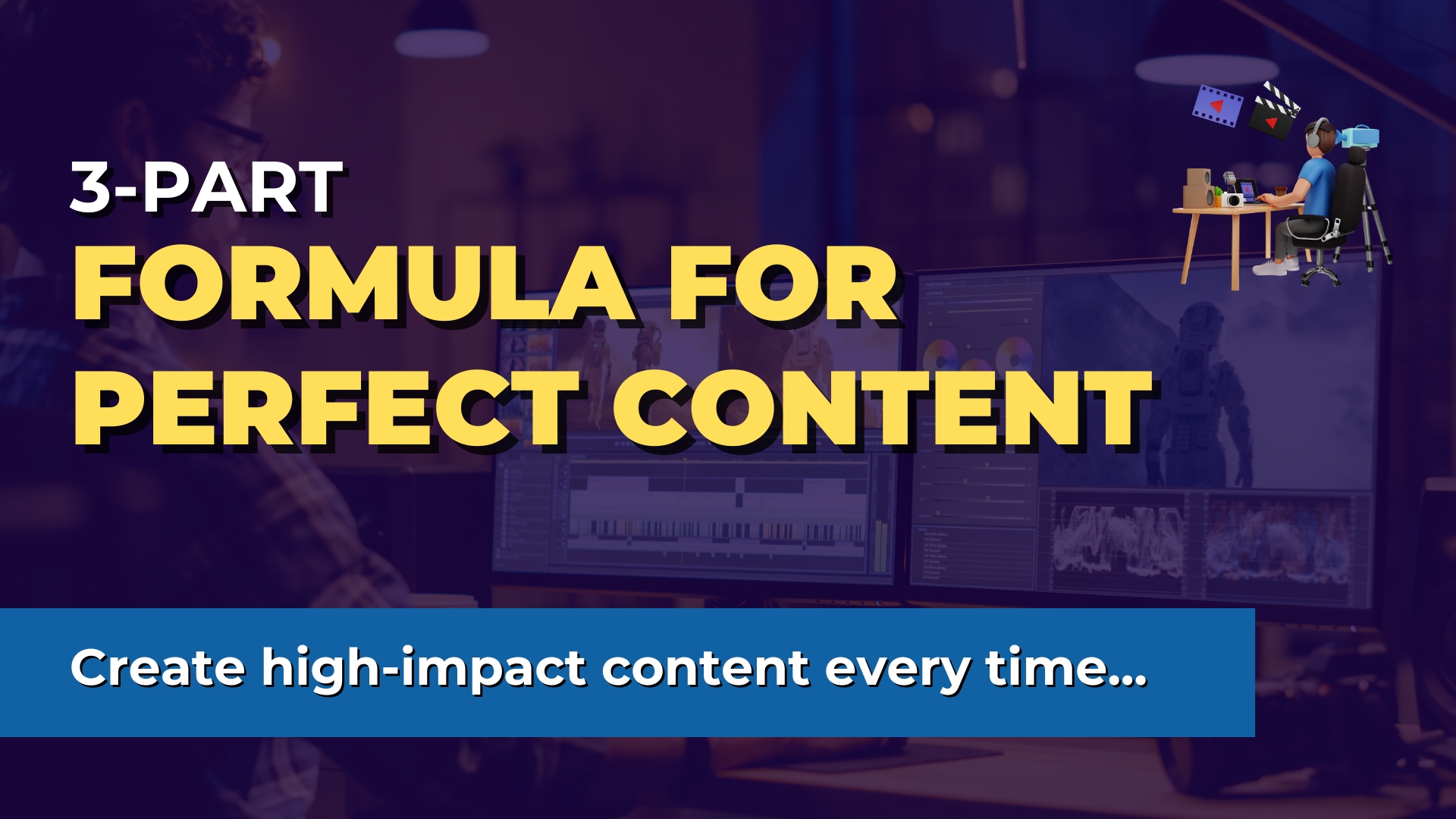3-Part Formula For Perfect Content
There is a 3-part formula to creating perfect content every time:
Your content needs to help your audience, help your business, and help the social channel you are publishing it on.
If your content doesn’t help your audience, your business, and the social channel it’s on, it will fail.
Join the thousands of subscribers to BE THE EXPERT! Each week you’ll receive one highly actionable strategy like this post to grow your online business…
BONUS: I’ll also send you the Expert Business System, our exact process for building and growing online businesses!
Let’s quickly look at each part of the formula:
#1 Content That Helps Your Audience
This goes without saying (well I guess I just did): your content should first help your audience.
“Help” is broad on purpose.
It could be a tutorial or a how-to article. It could be challenging norms, presenting new opportunities, making a connection with them, and so on.

If your content doesn’t help your audience, there’s no reason for them to subscribe or come back for more.
When it DOES help them, that’s when you get a follower, subscriber, or customer.
When you help them consistently, you get a fan or promoter.
#2 Content That Helps Your Business
I covered this in detail a few posts ago in How to Create a Revenue Generating Content Strategy but the gist of it is that each piece of content you create also needs to help your business in some way.
The content needs to help by either attracting new audience, converting them into customers, or retaining and ascendingthem to your higher ticket programs.
If your content doesn’t do both, then it is not effective or sustainable.

The simplest way to do this is to always have a call to action in your content that asks people to take the next step of your buyer’s journey.
That could be opting in for a lead magnet, registering for a free master class, offering a discovery call, etc.
The way to do this is to plan your content so that it creates a “gap” between your audience’s current state and their goals. Your content creates the gap then partially addresses it, with the call to action being how to close the gap completely.
An example is this very piece you are reading…
You have a goal of creating content that helps your business and I’m creating a gap by showing you that there’s a three-part formula and you are probably missing one or more parts.
Then I’m partially filling that gap by showing you what they are (so the content is helpful to you) but there WILL be a call to action at the end about how to get more help with your content efforts (via my programs and services)
Getting you to take that next step is the business goal of this content…
#3 Content That Helps The Social Channel Its On
The final element of the formula is the one most people miss.
We all want our organic content to get picked up and promoted for free by social networks. If not viral, we at least want a lot of reach so we attract more followers and subscribers.
To do that, you have to understand and leverage the “algorithms” of the various social networks.

Here’s a simple example of what NOT to do:
Publish your content on your blog then go on all your social channels and write a post that says “check out my new blog post on XYZ” or create a YouTube video then on all the other social channels put up a link to your YouTube video.
Why not do those?
Because those posts don’t help the social networks you’re publishing them on.
You’re basically taking traffic away from them by sending your reader somewhere else.
Instead, if you first ask “how can I help the social network?” it will lead you to do things like post your content natively on EACH social network.
Put the full blog post up as a post on FB and LinkedIn. Put it up as a thread on Twitter and Threads. Put it up as a video on YouTube.
Why?
First, you are putting new native content on each platform which is what they want and need.
Second, you are meeting your audience where they are, so they can consume from the platform they like most.
If your content is useful to your audience, then it will generate likes and shares ON EACH PLATFORM which are the signals their algorithms look for to give your content broader reach.
If you are seriously focused on growing one channel, say your YouTube channel, then an alternative strategy is to publish the full video there only.
Then on the other social networks publish short highlights, quotes, etc. from the video.
Then in the first comment under those native posts, you can have a link to the full YouTube video.
But what about…
But what about SEO, or getting traffic to my website, or getting “pixel” data for my ads.
All great questions…
All things we still need our content to do. Here’s how:
- The calls to action at the end of your content CAN ask people to take the next step at your website (ex. “Head over to my website for the free resource mentioned.”)
- You CAN put a link into the first comment under your post and pin it to your landing page, link in bio, or similar.
- For your high-performing content, you can turn the post into an ad with a call to action to go to your landing page or sales funnel. Again this is aligned with the social network’s need as you are paying for traffic and in return they are fine with you sending that paid traffic off-site.
Take Action
As you plan your next piece of content, make sure it includes all three elements of the perfect content formula:
- Create content that actually helps your audience
- Make sure the content has a call to action or helps the audience take a step that is ALSO helpful to your business goals
- Publish the content across all the social networks either natively to each or focusing on one but then posting highlights natively on all the others.
Next Step
If you want help taking each video you record and having us professionally edit it, turn it into 20 assets then create and schedule 100 social posts, every week then check out our Expert Business Content Engine.

David Ziembicki
David Ziembicki is the founder and CEO of the Expert Business Agency, which helps coaches, course, and membership creators build their online businesses. David has been an industry-leading technology and business consultant for over 25 years having worked at Microsoft, Deloitte, SAIC, and Avanade.

